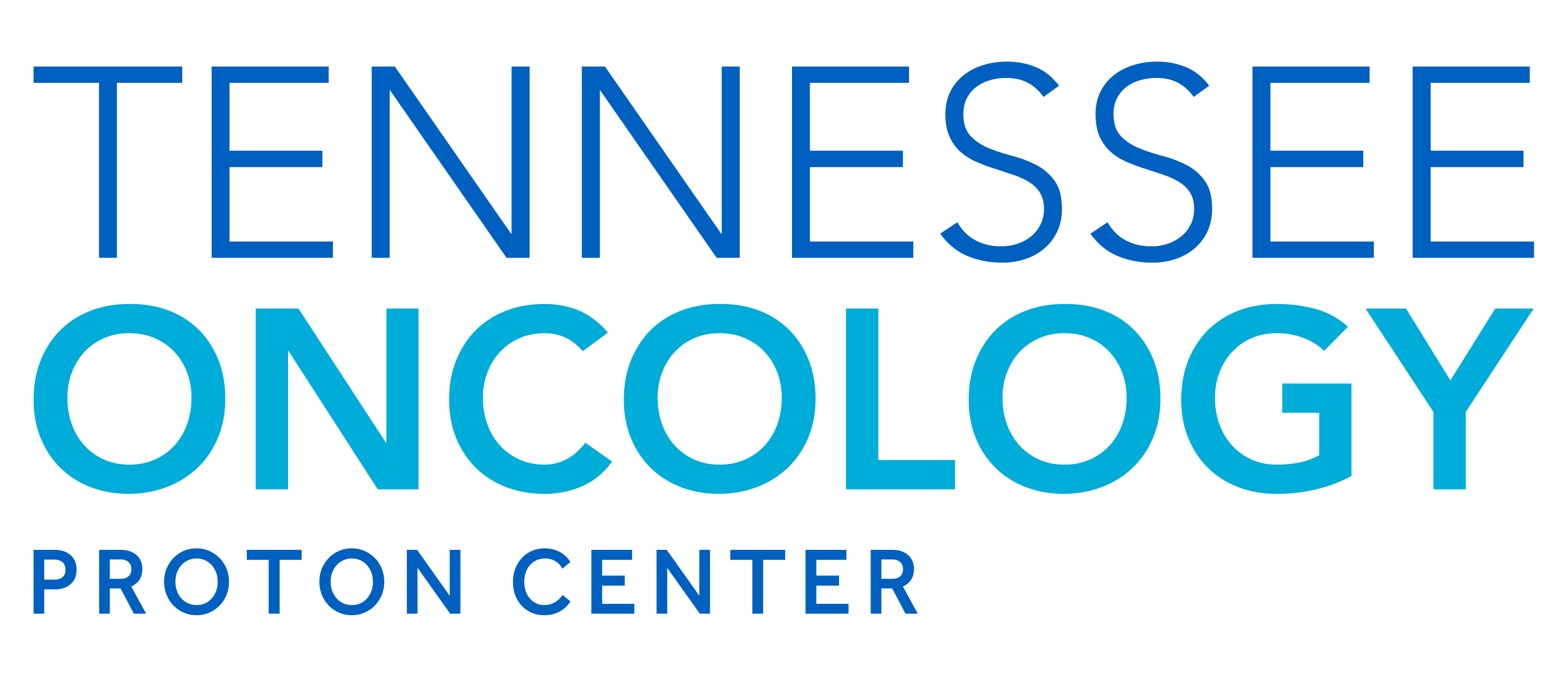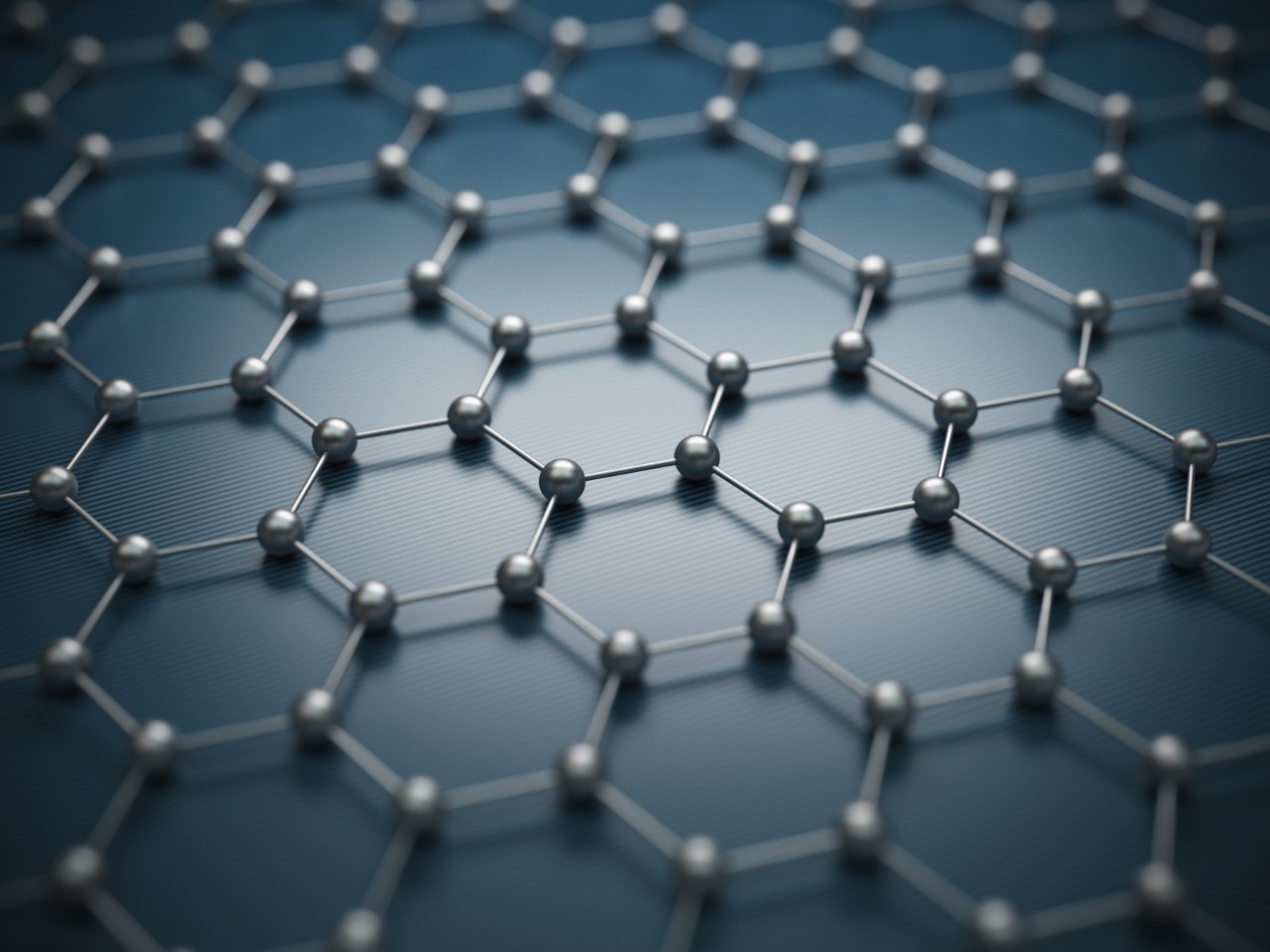Table of Contents
What the IEEE Spectrum Article Reports
The article describes a new ultrathin carbon sheet produced by researchers in Singapore and China. Unlike the perfect hexagonal lattice of graphene, this membrane contains a mix of polygon rings at the atomic level. That irregular arrangement is not a defect. It is the feature that can help filter ion species and reduce scattering when the film is used in the beamline. The work ties to a peer-reviewed publication in Nature Nanotechnology and highlights a rapid synthesis method that yields wafer-scale films with no detectable metal contamination, which is important for clinical translation.
The production method uses plasma-enhanced chemical vapor deposition within a “disorder-to-disorder” approach. Reports from the research team and affiliated press releases note growth of an 8-inch sheet in a matter of seconds, which addresses a key bottleneck from earlier techniques and suggests a path toward scale.
How the Membrane Could Improve Proton Beams
Modern proton centers often accelerate hydrogen ions and then split them to produce protons for treatment. The new membrane, sometimes referred to as UC-MAC (ultra-clean monolayer amorphous carbon), acts as an ultrathin filter during that process. Laboratory results indicate the film can reduce proton scattering compared with graphene and with standard commercial carbon foils used in accelerator components. Reports quantify the effect at roughly two times less scattering than graphene and about forty times less than common thin carbon films. Less scattering means a tighter beam profile before it is shaped and delivered to the patient.
Early coverage in technical outlets and physics publications underscores the same mechanism: angstrom-scale pores and a specific distribution of carbon ring structures enable selective ion interactions at the subatomic level. The result is a beam that maintains focus through components where diffusion normally occurs.
Why Beam Sharpness Matters for Patients
Proton therapy is valued for its ability to deposit most of its energy at a precise depth known as the Bragg peak. That property helps protect healthy tissue and critical structures. Any upstream scattering can broaden the beam and reduce that precision. If a membrane like UC-MAC consistently reduces scattering, planners could further tighten margins, improve dose conformity, and potentially lower exposure to adjacent organs at risk. While clinical validation is still ahead, the principle aligns with the goals of proton therapy: accurate targeting and fewer side effects for patients.
- Improved conformity: A sharper input beam can support more precise spot scanning and edge definition in the treatment plan.
- Protection of healthy tissue: Reduced scatter upstream may help limit incidental dose to structures near the tumor.
- Operational efficiency: If less scattering translates to less energy loss and cleaner beam transport, centers may gain planning flexibility and quality assurance benefits.
Readiness, Limitations, and Timeline
The membrane is not yet a clinical product. It remains an early-stage technology that has shown promising performance in laboratory settings. The next steps include durability testing under accelerator conditions, stability over time, integration with existing beamline hardware, and regulatory pathways. Sources covering the work note that although synthesis is fast, the overall process requires optimization for manufacturing and for medical device standards. A responsible view is that clinical deployment will follow only after rigorous validation.
The encouraging sign is that the film can be grown on 200-millimeter wafers in seconds with no detectable metal contamination, which addresses a key hurdle for scale. This is why the materials community and accelerator physicists are paying attention, and why cancer centers that invest in innovation are tracking this closely.
How Tennessee Oncology Proton Center Plans for Innovation
Our mission is to deliver precise treatment and protect quality of life. The Tennessee Oncology Proton Center collaborates with medical physicists, engineers, and external partners to evaluate technologies that can advance those goals. When new components demonstrate reliable improvements in beam quality and pass safety and regulatory checks, our team works to integrate them into clinical workflows. This includes assessment in commissioning, quality assurance, and treatment planning systems, followed by controlled adoption with clear protocols for patient safety.
Innovations like the UC-MAC membrane may one day support even more refined spot scanning, sharper distal and lateral fall-off, and planning options that benefit complex cases near critical anatomy. As evidence accumulates, we will communicate timelines and implementation details so patients and referring physicians understand how new capabilities translate into care at our center.
If you are considering proton therapy in Middle Tennessee, our team can explain how today’s technology already supports high precision, and how research like this informs continuous improvement. Request a Consultation
References
- IEEE Spectrum. “Wonky Graphene Could Sharpen Proton Therapy.” Aug 18, 2025.
- Physics World. “Amorphous carbon membrane creates precision proton beams for cancer therapy.” Aug 12, 2025.
- EurekAlert! “New carbon material sharpens proton beams, potentially boosting cancer treatment precision.” Aug 5, 2025.
- Phys.org. “Ultra-thin carbon membrane sharpens proton beams.” Aug 5, 2025.
- NUS News. “New carbon material sharpens proton beams.” Aug 5, 2025.





